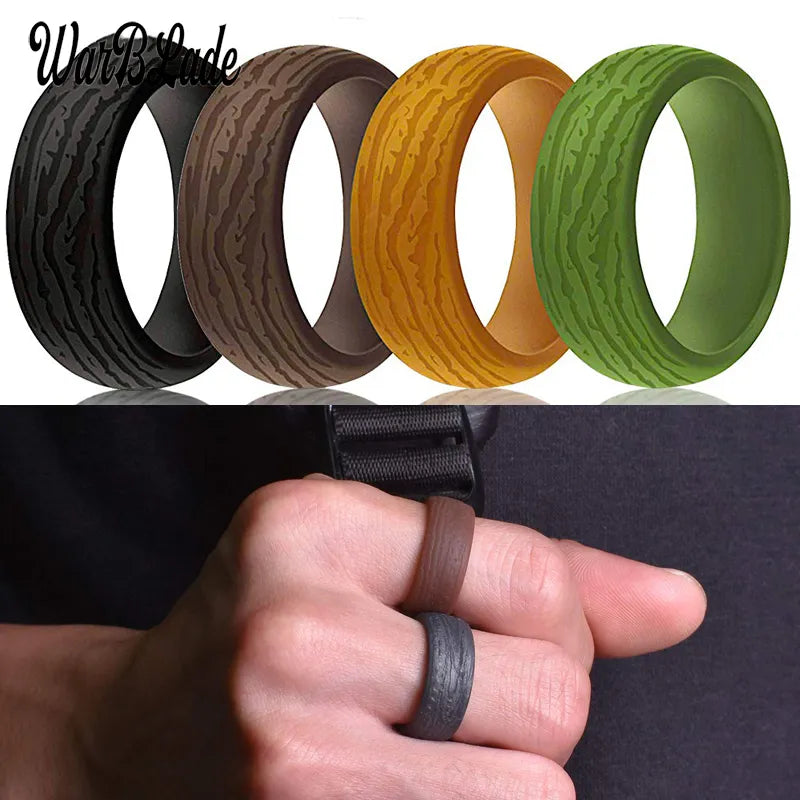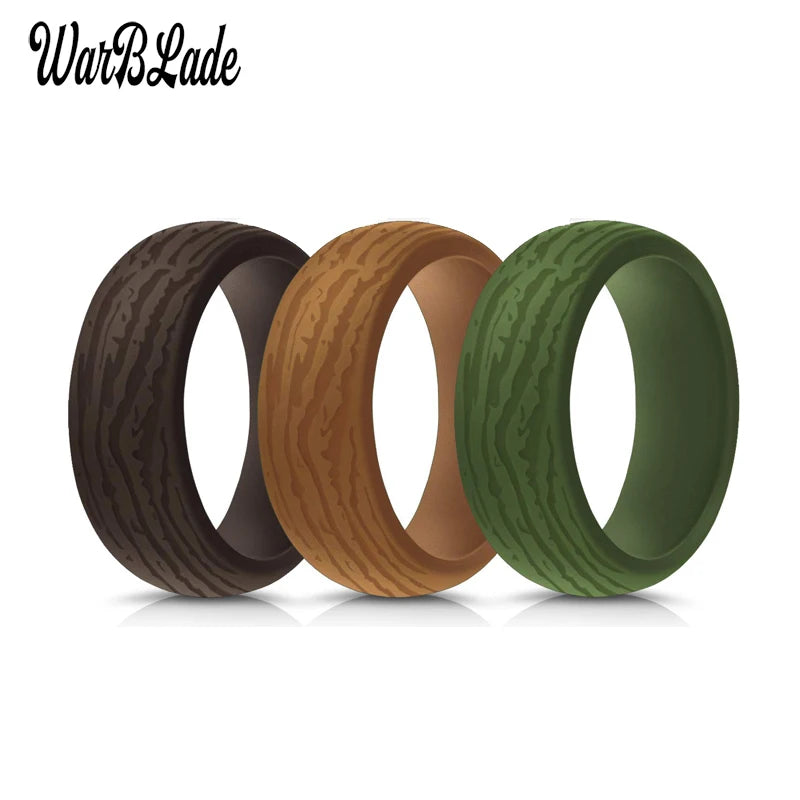How to Measure for a Shade Sail: A Comprehensive Guide for Sea Lovers
Importance of Accurate Measurements for the Perfect Shade Sail
When it comes to creating a comfortable and stylish outdoor space, a shade sail provides the ideal solution for sea lovers who want to enjoy the sun without getting burnt. However, before you can install a shade sail, it's crucial to take accurate measurements. By doing so, you can ensure a perfect fit and maximum shade coverage, creating a relaxing haven in your outdoor area. Here are some key steps to help you measure for a shade sail.
Step 1: Determine the Ideal Location
Before you take any measurements, it's essential to decide where you want to install your shade sail. Look for an area in your outdoor space that receives the most sunlight and where you spend the most time. Take into consideration any obstacles, such as trees or poles, which could affect the installation process or the amount of shade coverage.
Once you have identified the ideal location, measure the dimensions of the area to determine the size of the shade sail you will need.
Pro tip: It's recommended to leave some extra space around the measurements to allow for tensioning when the shade sail is installed.
Step 2: Measure the Width and Length of the Installation Area
Using a measuring tape, carefully measure the width and length of the area where you plan to install the shade sail. Start at one end and measure to the opposite end to get accurate dimensions. Make sure to record the measurements in both feet and inches, as you will need them during the purchasing process.
Pro tip: If the installation area is not rectangular, but irregularly shaped, measure the widest points to get the correct dimensions.
Once you have the width and length measurements, you can proceed to calculate the size of the shade sail that will provide optimal coverage.
Step 3: Calculate the Required Size
To determine the size of the shade sail you need, consider the measurements you obtained and the shape you desire. Shade sails come in various shapes, such as rectangle, square, triangle, or even custom shapes. Choose a shape that suits your outdoor space and aesthetic preferences.
When calculating the size, it's important to select a shade sail that is slightly smaller than your measured dimensions. This will allow for tensioning during installation and ensure a taut and secure fit.
Pro tip: You can consult a shade sail expert or use online calculators to help you determine the appropriate size based on your measurements.
Considering the Sun's Position and Desired Shade Coverage
Now that you have measured the installation area and determined the appropriate size for your shade sail, it's time to consider the sun's position and the desired shade coverage for your outdoor space. Taking these factors into account will help you maximize the functionality and effectiveness of your shade sail.
Step 4: Assess the Sun's Path and Angle
Observe how the sun moves across your outdoor space throughout the day. By doing so, you can determine the best orientation for your shade sail to provide maximum shade coverage. Ideally, your shade sail should block the sun when it is at its highest point, offering shade during the hottest hours.
Pro tip: Consider the long-term movement of the sun throughout the year, as the angle of the sun changes with the seasons. This will help you position your shade sail optimally for year-round enjoyment.
Step 5: Determine the Desired Shade Coverage
Think about how much shade coverage you want in your outdoor space. This will depend on your preferences and how you plan to use the area. Some sea lovers may desire partial shade to still enjoy the warmth of the sun, while others may prefer complete shade to escape intense heat.
Pro tip: Keep in mind that the percentage of shade coverage provided by a shade sail depends on various factors, including the density of the fabric and the angle at which it is installed. Consult with shade sail manufacturers or suppliers to understand the shade coverage options available.
Choosing the Right Shade Sail Fabric and Installation Accessories
The final aspect to consider when measuring for a shade sail is selecting the right fabric and accessories for installation. This will ensure durability, longevity, and ease of installation, making your shade sail a long-term investment for your outdoor space.
Step 6: Select a Suitable Shade Sail Fabric
When choosing a fabric for your shade sail, opt for high-quality materials that are specifically designed for outdoor use. Look for fabrics that offer UV protection, water resistance, and durability. Common fabric options include polyester, HDPE (high-density polyethylene), and PVC (polyvinyl chloride).
Consider the aesthetic appeal of the fabric as well, as it should complement your outdoor space and enhance the nautical theme you love.
Pro tip: Seek advice from shade sail experts or suppliers who can guide you in selecting the most suitable fabric based on your specific needs.
Step 7: Determine the Necessary Installation Accessories
Depending on your chosen shade sail design and the installation area, you may need specific accessories to ensure secure and proper installation. Common accessories include turnbuckles, D shackles, snap hooks, and eye bolts. These accessories will help you tension the shade sail and secure it firmly to the surrounding structures.
Pro tip: Consult with shade sail manufacturers or suppliers to determine the necessary accessories for your specific installation requirements.
By following these steps, you can measure for a shade sail accurately and confidently. Taking precise measurements, considering the sun's position, and choosing the right fabric and accessories will result in a shade sail that not only provides optimal shade coverage but also adds a touch of nautical charm to your outdoor space. Get ready to create a seaside oasis in your own backyard!





















